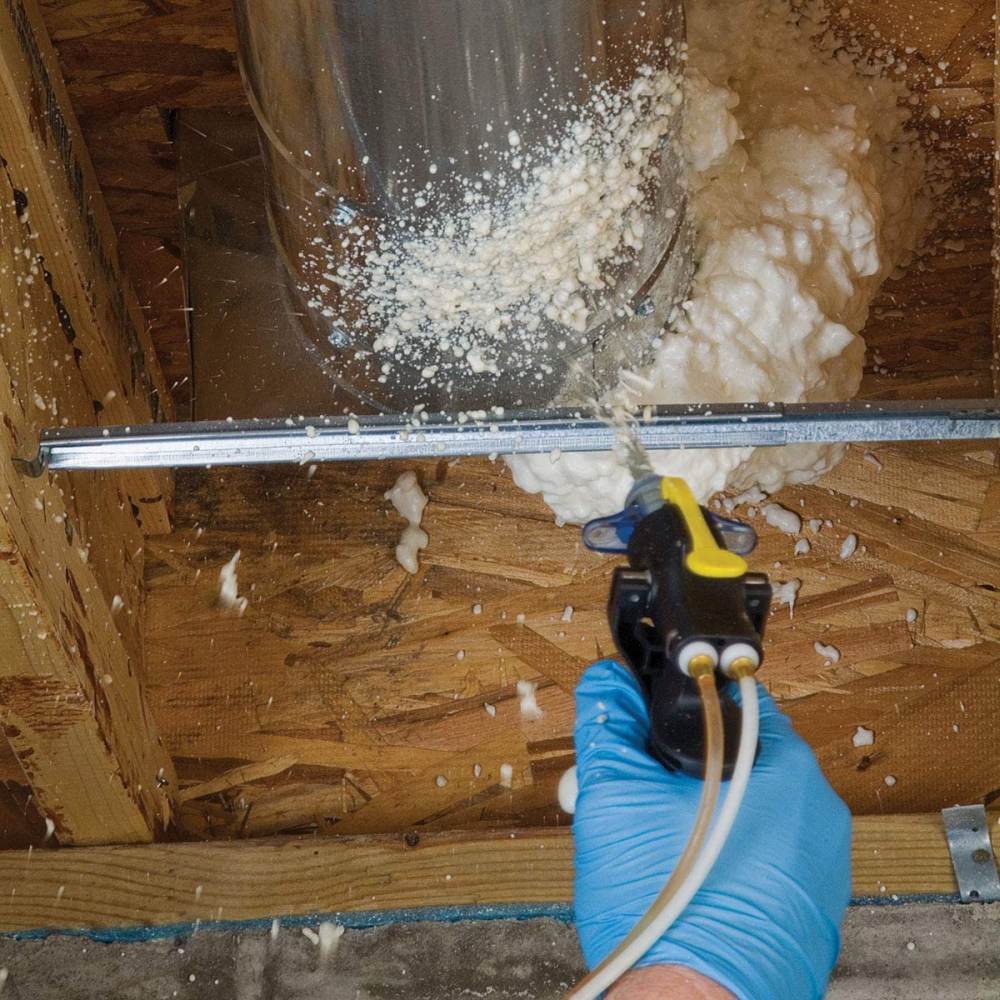In the ever-evolving world of sustainable construction and energy-efficient design, spray foam insulation has emerged as a game-changing solution that seamlessly marries sustainability with efficiency. This innovative insulation method has garnered significant attention for its ability to provide superior thermal resistance, reduce energy consumption, and minimize environmental impact. As the construction industry strives to adopt greener practices, spray foam insulation stands out as a prime example of how technology can be harnessed to create more environmentally responsible and energy-efficient buildings. Spray foam insulation is a two-component mixture that, when combined and applied, expands to create a highly effective thermal barrier. The foam’s cellular structure is composed of tiny interconnected pockets of gas, which impede heat transfer and drastically enhance a building’s energy performance. This airtight seal ensures that conditioned air remains inside, reducing the need for constant heating or cooling, and thereby leading to significant reductions in energy consumption.

By minimizing heat loss and gain, spray foam insulation helps regulate indoor temperatures, providing optimal comfort to occupants while simultaneously slashing utility bills. The sustainability benefits of spray foam insulation extend beyond energy savings. One of the most noteworthy aspects of this insulation method is its durability. Unlike traditional insulation materials that may degrade or settle over time, spray foam maintains its effectiveness for the long haul. This longevity reduces the need for replacement, thereby minimizing waste and conserving resources. Additionally, the airtight seal created by spray foam insulation acts as an effective barrier against moisture infiltration. This moisture resistance can prevent mold growth and wood rot, contributing to the overall health and durability of a building’s structure. The two components polyurethane and isocyonate combine to form the foam, and modern formulations are increasingly being developed with a focus on reducing volatile organic compound emissions. While the production of these materials does have some environmental impact, their exceptional insulating properties translate to a net positive environmental outcome due to the energy savings they enable over a building’s lifetime.
As sustainable practices continue to evolve, efforts to enhance the eco-friendliness of spray foam components are likely to yield even more environmentally friendly solutions. When considering the broader ecological context, the role of spray foam insulation becomes even more significant and visit now https://americaninsulationco.com/orlando/spray-foam-insulation/. As buildings are responsible for a substantial portion of global energy consumption and greenhouse gas emissions, implementing efficient insulation strategies becomes paramount in the fight against climate change. By reducing the energy demand of buildings, spray foam insulation contributes to mitigating carbon emissions while also aligning with sustainability goals set forth in international agreements and local regulations. Its ability to create a high-performance thermal barrier, foster energy savings, and promote occupant comfort showcases the potential of innovative technologies to drive positive change. As the construction industry continues to transition towards more environmentally responsible practices, the role of spray foam insulation in reducing energy consumption, minimizing waste, and enhancing building durability cannot be overstated. By integrating this insulation method into the fabric of sustainable design, architects, builders, and homeowners alike can contribute to a more energy-efficient and eco-friendly built environment.